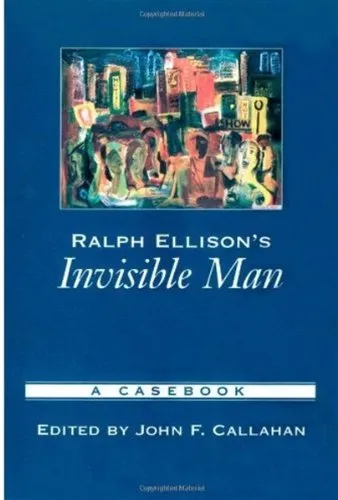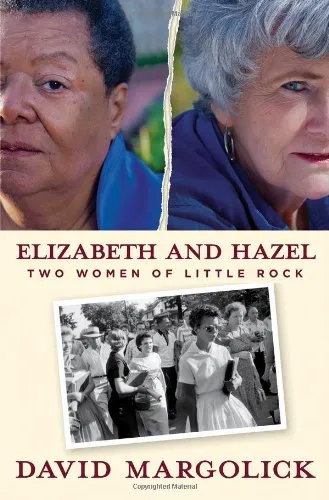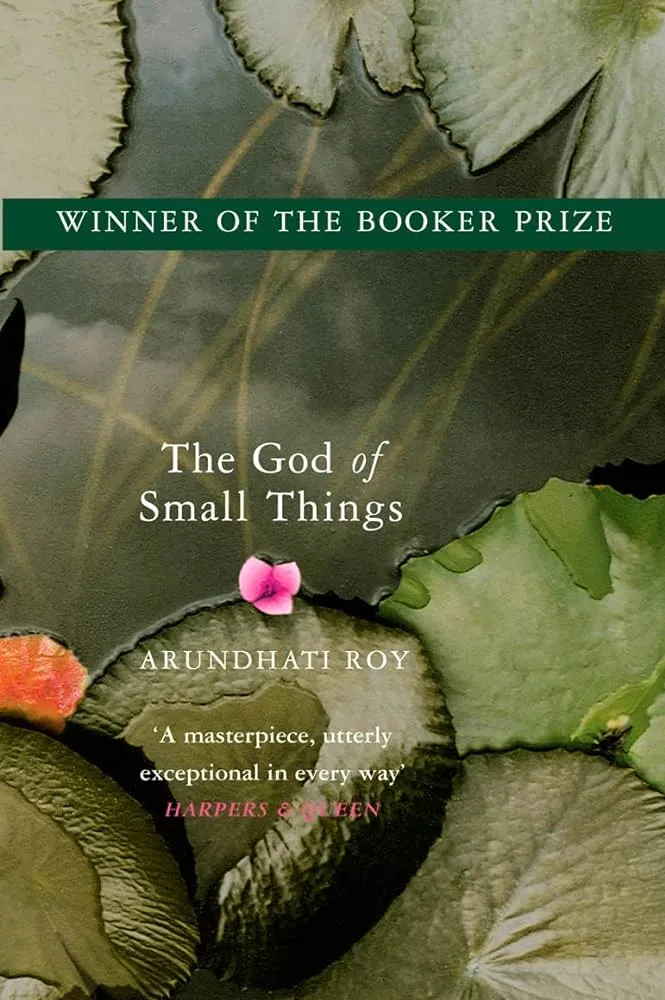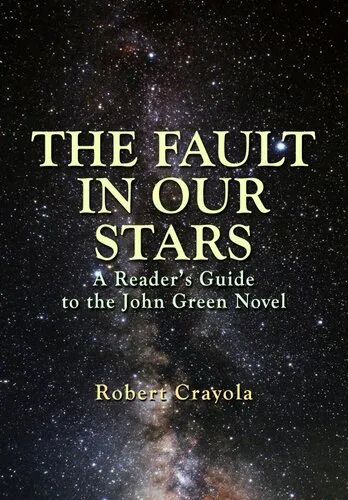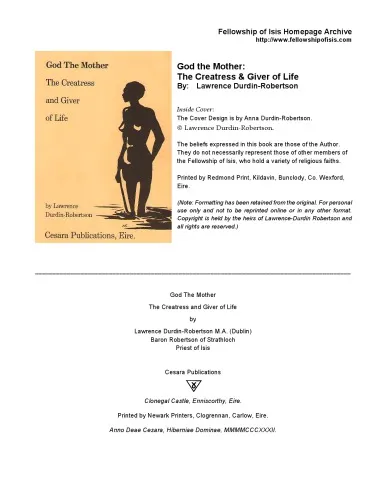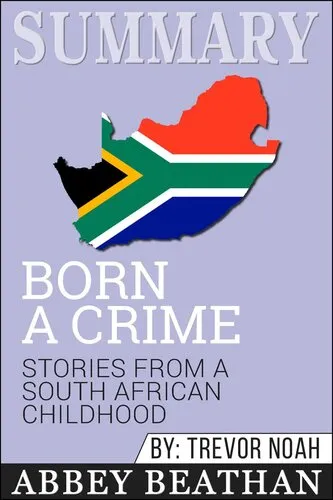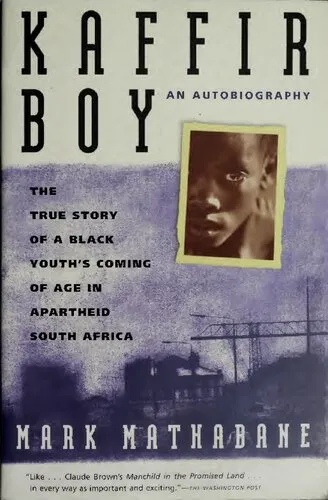Cliffs Notes on Paton's Cry, the Beloved Country
4.2
بر اساس نظر کاربران

شما میتونید سوالاتتون در باره کتاب رو از هوش مصنوعیش بعد از ورود بپرسید
هر دانلود یا پرسش از هوش مصنوعی 2 امتیاز لازم دارد، برای بدست آوردن امتیاز رایگان، به صفحه ی راهنمای امتیازات سر بزنید و یک سری کار ارزشمند انجام بدینکتاب های مرتبط:
Persian Summary
مقدمهای بر کتاب 'Cliffs Notes on Paton's Cry, the Beloved Country'
کتاب 'Cliffs Notes on Paton's Cry, the Beloved Country' نوشته ریچارد او. پیترسون، یک راهنمای جامع و مفید برای مطالعه و تحلیل رمان 'Cry, the Beloved Country' نوشته آلن پیتون است. این رمان یکی از آثار برجسته ادبیات قرن بیستم محسوب میشود و تمرکز عمده آن بر شرایط اجتماعی و سیاسی آفریقای جنوبی در دوران آپارتاید است. کتاب پیترسون به عنوان یکی از منابع مهم برای دانشجویان و علاقهمندان این اثر، به تحلیل عمقی موضوعات، شخصیتها و نثر پیتون پرداخته است.
خلاصهای از کتاب
رمان 'Cry, the Beloved Country' در قلب آفریقای جنوبی آغاز میشود و داستان کشیشی به نام استیون کومالو را روایت میکند که به دنبال پسرش آرتور به ژوهانسبورگ سفر میکند. او در این مسیر با چالشهای متعددی مواجه میشود که زیربنای اجتماعی و نژادی کشورش را آشکار میسازد. در کنار داستان کومالو، داستان دیگری نیز روایت میشود که به شکافهای عمیق میان نژادها و تأثیرات مخرب آپارتاید بر زندگی فردی و اجتماعی مردم میپردازد. 'Cliffs Notes' به طور خلاصه و مفید به تحلیل این داستان و پیامهای نهفته در آن پرداخته است.
نکات کلیدی
- تحلیل جامع از مضامین نژادپرستی و بیعدالتی اجتماعی
- تفکیک دقیق شخصیتهای اصلی و فرعی و بررسی انگیزهها و عملکردهای آنها
- بررسی تغییرات عمده در لحن و نگاه نویسنده در طول داستان
- تشریح زمینه تاریخی و سیاسی آفریقای جنوبی
جملات معروف
"The tragedy is not that things are broken. The tragedy is that they are not mended again."
"Cry, the beloved country, for the unborn child that is the inheritor of our fear."
"There is a man sleeping in the grass, and over him is a church."
چرا این کتاب مهم است
کتاب 'Cliffs Notes on Paton's Cry, the Beloved Country' به عنوان یک ابزار فوقالعاده یادگیری، به دانشجویان و علاقهمندان به ادبیات کمک میکند تا به درک عمیقتری از رمان دارند. این اثر با ارائه تفسیرها و تحلیلهای روشنگر، مخاطبان را قادر میسازد تا به موضوعات پیچیده و جنبههای هنری داستان 'Cry, the Beloved Country' پی ببرند. اهمیت این کتاب نه تنها به دلیل توضیحات جامع آن بلکه به دلیل کمک به فهم بهتر تاریخ و مسائل اجتماعی آفریقای جنوبی در دورهای بحرانی است.
Welcome to the 'Cliffs Notes on Paton's Cry, the Beloved Country,' a crucial guide for understanding one of the most poignant novels in the canon of 20th-century literature. Alan Paton's "Cry, the Beloved Country" stands as a seminal exploration of humanity, social injustice, and racial tension set against the backdrop of a South Africa on the brink of apartheid. This guide provides readers with an in-depth analysis of the novel's themes, characters, and motifs, offering valuable insights that enrich the reading experience.
Detailed Summary of the Book
"Cry, the Beloved Country" is a novel that intricately weaves the personal and political threads of South African society in the late 1940s. The story follows Stephen Kumalo, a humble Zulu pastor, as he journeys from his rural village of Ndotsheni to the bustling and tumultuous city of Johannesburg. Kumalo is on a quest to find his missing son, Absalom, who has been caught up in the crime-ridden shanty towns of the city. The narrative unfolds against a rich tapestry of societal issues, including the disintegration of tribal communities, systemic racial inequalities, and the overwhelming disparity between the rural and urban landscapes.
As Kumalo searches for Absalom, he encounters various characters whose lives reflect the diverse struggles and perspectives of South Africa's population. One poignant subplot involves the story of Arthur Jarvis, an advocate for racial justice who becomes a victim of a violent crime that ultimately implicates Absalom. Through these interconnected stories, Paton highlights the harsh realities and moral dilemmas faced by individuals amidst a larger national crisis. The novel serves not only as a narrative of personal redemption but also as a trenchant critique of societal structures that perpetuate injustice and inequality.
Key Takeaways
- Understanding Social and Racial Dynamics: The novel offers a critical perspective on the racial divides and the socio-political challenges of pre-apartheid South Africa.
- Moral and Ethical Dilemmas: It explores themes of forgiveness, redemption, and the complexity of moral choices faced by individuals.
- Hope and Reconciliation: Despite the bleak circumstances, Paton's work emphasizes the potential for healing and unity in the face of divisiveness.
Famous Quotes from the Book
"The tragedy is not that things are broken. The tragedy is that things are not mended again."
"Cry, the beloved country, for the unborn child that is the inheritor of our fear."
"But there is only one thing that has power completely, and it is love."
Why This Book Matters
"Cry, the Beloved Country" holds a pivotal place in literary and cultural studies due to its profound reflection on humanity and justice. Its publication in 1948 marked a critical moment in literature, offering a voice of empathy and moral clarity amidst the growing tensions of apartheid. Alan Paton's evocative storytelling and his portrayal of complex socio-political themes challenge readers to reflect on universal issues of race, identity, and moral responsibility. The book's enduring relevance continues to inspire discussions about reconciliation, societal change, and the enduring fight against inequality. Whether you are a student, a scholar, or a lay reader, understanding Paton's vision provides a deeper comprehension of the past and an urgent call to action in the present.
دانلود رایگان مستقیم
شما میتونید سوالاتتون در باره کتاب رو از هوش مصنوعیش بعد از ورود بپرسید
دسترسی به کتابها از طریق پلتفرمهای قانونی و کتابخانههای عمومی نه تنها از حقوق نویسندگان و ناشران حمایت میکند، بلکه به پایداری فرهنگ کتابخوانی نیز کمک میرساند. پیش از دانلود، لحظهای به بررسی این گزینهها فکر کنید.
این کتاب رو در پلتفرم های دیگه ببینید
WorldCat به شما کمک میکنه تا کتاب ها رو در کتابخانه های سراسر دنیا پیدا کنید
امتیازها، نظرات تخصصی و صحبت ها درباره کتاب را در Goodreads ببینید
کتابهای کمیاب یا دست دوم را در AbeBooks پیدا کنید و بخرید
1556
بازدید4.2
امتیاز0
نظر98%
رضایتنظرات:
4.2
بر اساس 0 نظر کاربران
Questions & Answers
Ask questions about this book or help others by answering
No questions yet. Be the first to ask!


